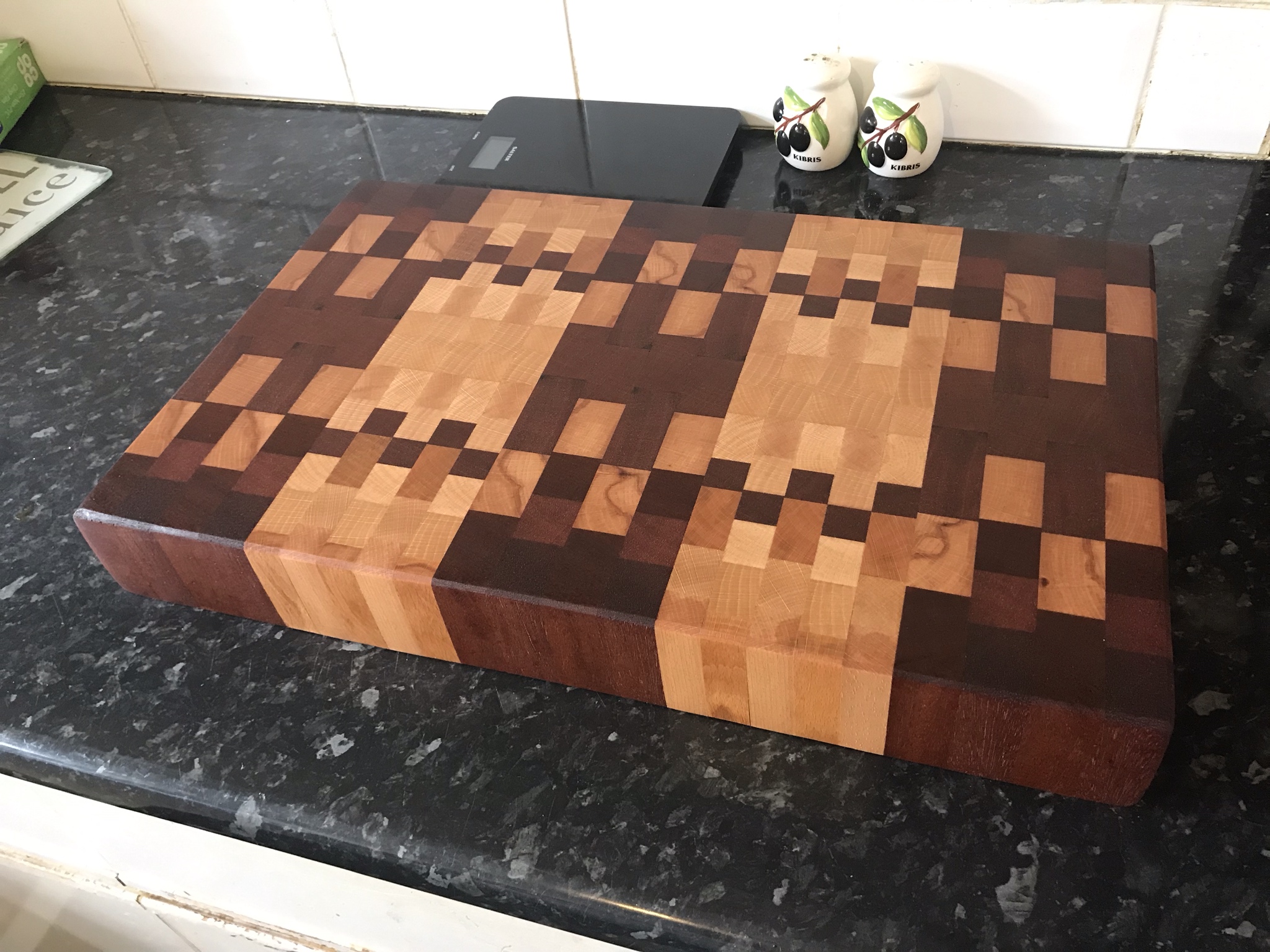Jeremy Nako
Established Member
Firstly.. I'm a complete woodworking newbie so please dont jump on me like a tonne of bricks !
I'm looking to make some end grain cutting boards. I've watched a million videos on Youtube to see what might be within my current skill set.
Pretty much all of them use a drum sander to level the board after the end grain glue-up.
And.. most videos say don't use a thicknesser on end grain as it's dangerous.
I have a Triton thicknesser arriving next week.
So.. could someone explain why its dangerous and if there are any ways around this or alternative ways of leveling the board.. baring in mind that this is very new to me so hand planing a level finish - at the moment - is beyond my skills, but something that I will be working on.
I'm looking to make some end grain cutting boards. I've watched a million videos on Youtube to see what might be within my current skill set.
Pretty much all of them use a drum sander to level the board after the end grain glue-up.
And.. most videos say don't use a thicknesser on end grain as it's dangerous.
I have a Triton thicknesser arriving next week.
So.. could someone explain why its dangerous and if there are any ways around this or alternative ways of leveling the board.. baring in mind that this is very new to me so hand planing a level finish - at the moment - is beyond my skills, but something that I will be working on.

































